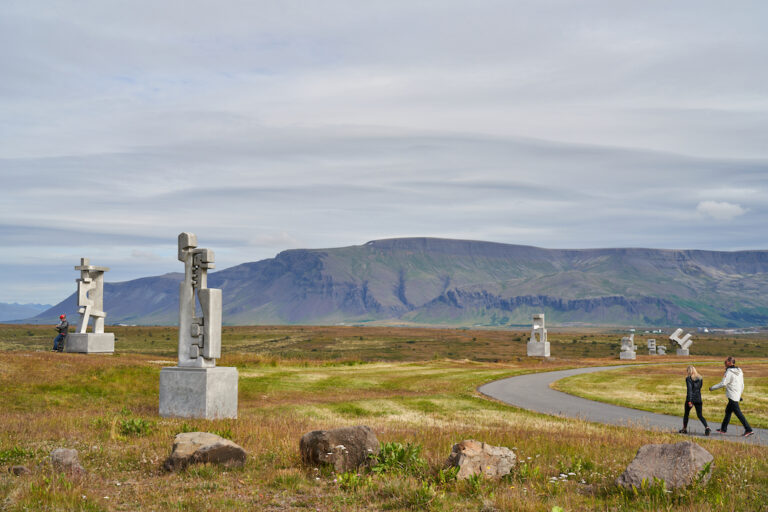If Grafavogur, a neighbourhood in Reykjavík, were an independent town, it would be the fourth largest in the country. More than 20,000 people live in the area, in a mixed settlement of single-family, terraced, and apartment buildings.
Development began in the 1990s and is still ongoing. Now, there is even a Vínbúð (the state liquor store). Residents pointed out a few years ago that there was no such store in the city’s largest neighbourhood. At the same time, Kópasker, one of Iceland’s smallest towns in North Iceland, had one. Grafarvogur can be broken down into eight smaller districts; Hamrar, Foldir, Hús, Rimar, Borgir, Vík, Engi, Spöng, Staðir, Höfðar, Bryggjuhverfi, Geirsnef, Gufunes and Geldinganes. The last one is the only one still uninhabited, but there are future plans for construction there. The view over Reykjavík and Seltjarnarnes is breathtaking from there. Mount Esja gives Geldinganes, and the whole neighbourhood, good shelter from the cold northern winds.
The Grafarvogur neighbourhood is named after a cove by the same name, which is named after the deserted farm Gröf. It used to stand at the edge of the gorge where Grafarlækur flows into the sea.
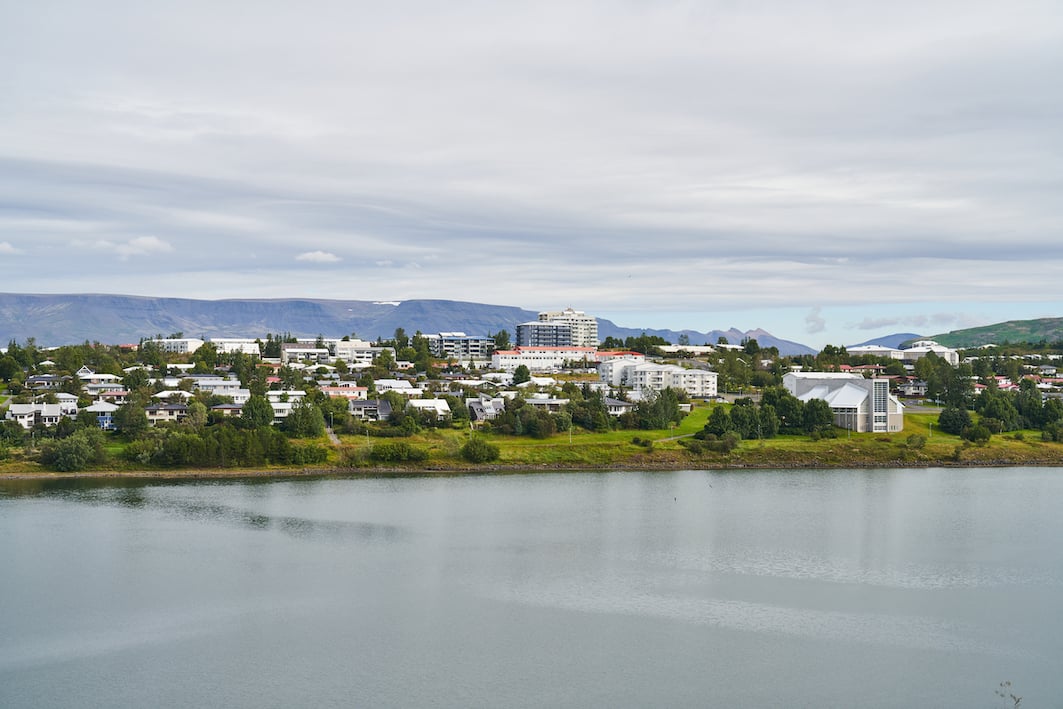
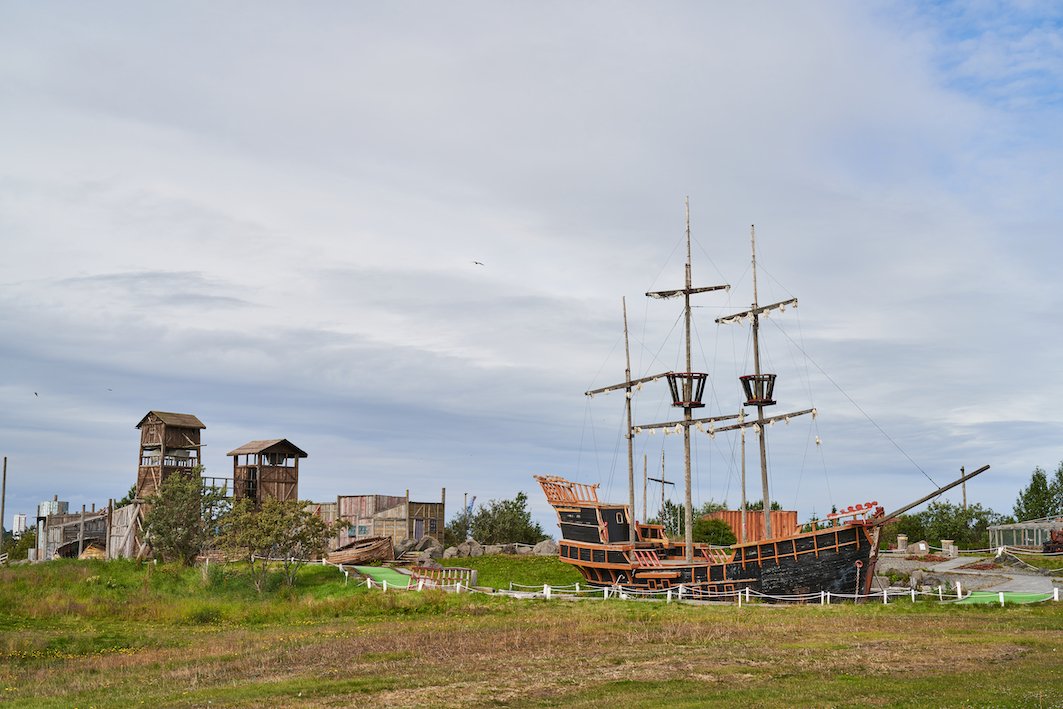
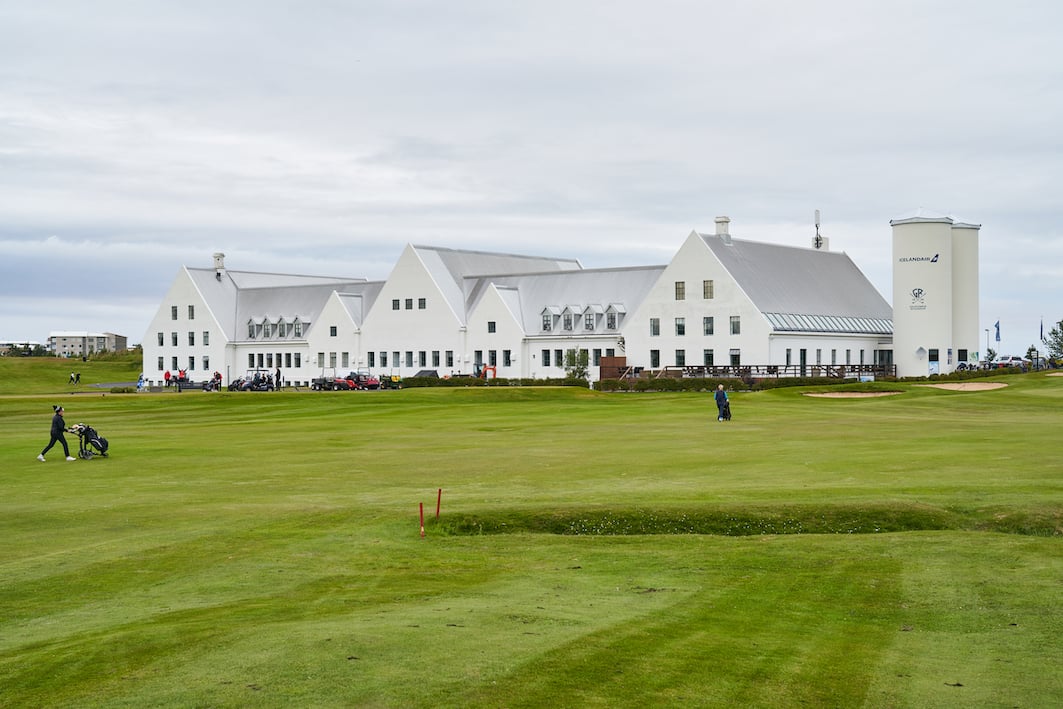
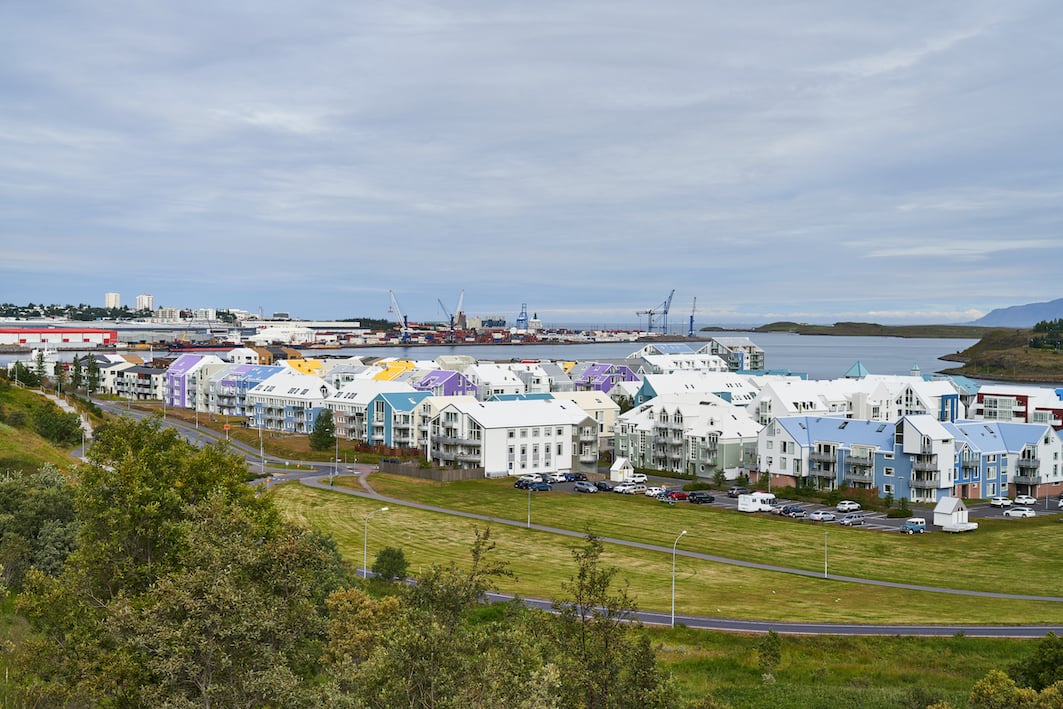
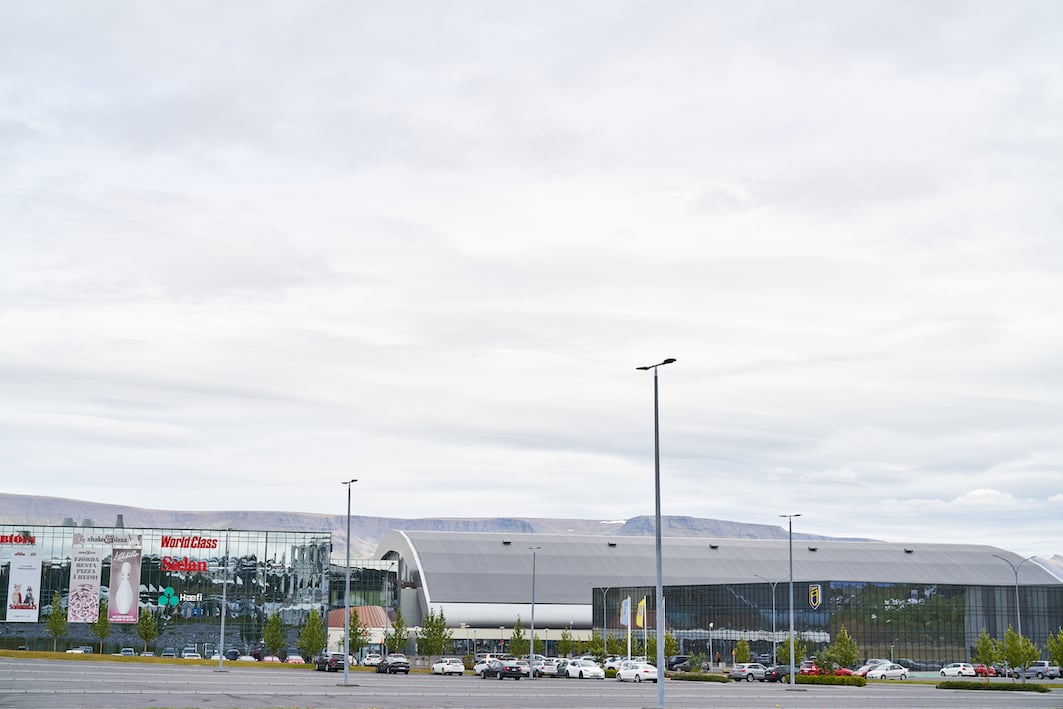
Reykjavík 08/08/2022 : A7R IV: FE 1.2/50mm GM
Photographs & text: Páll Stefánsson



